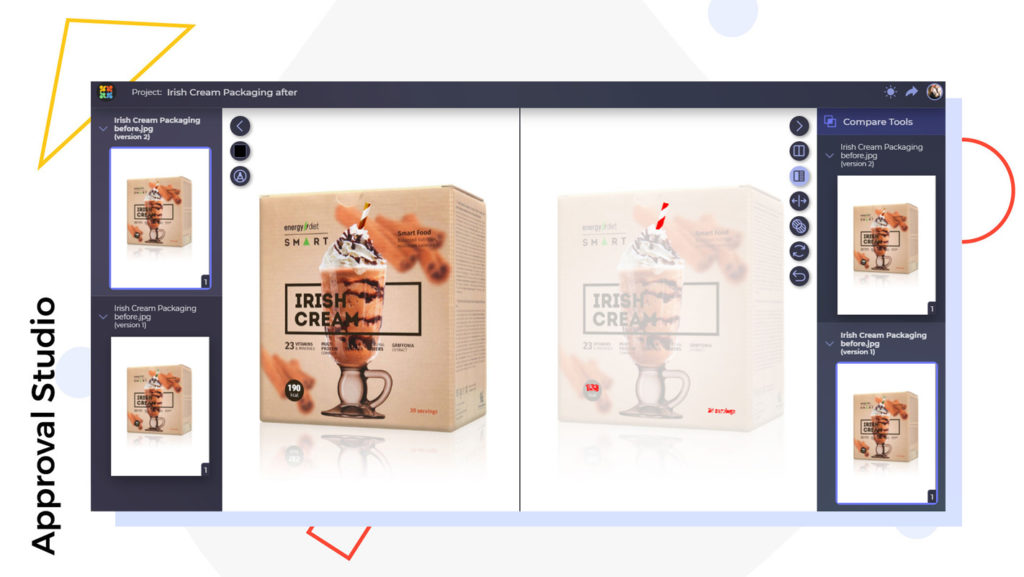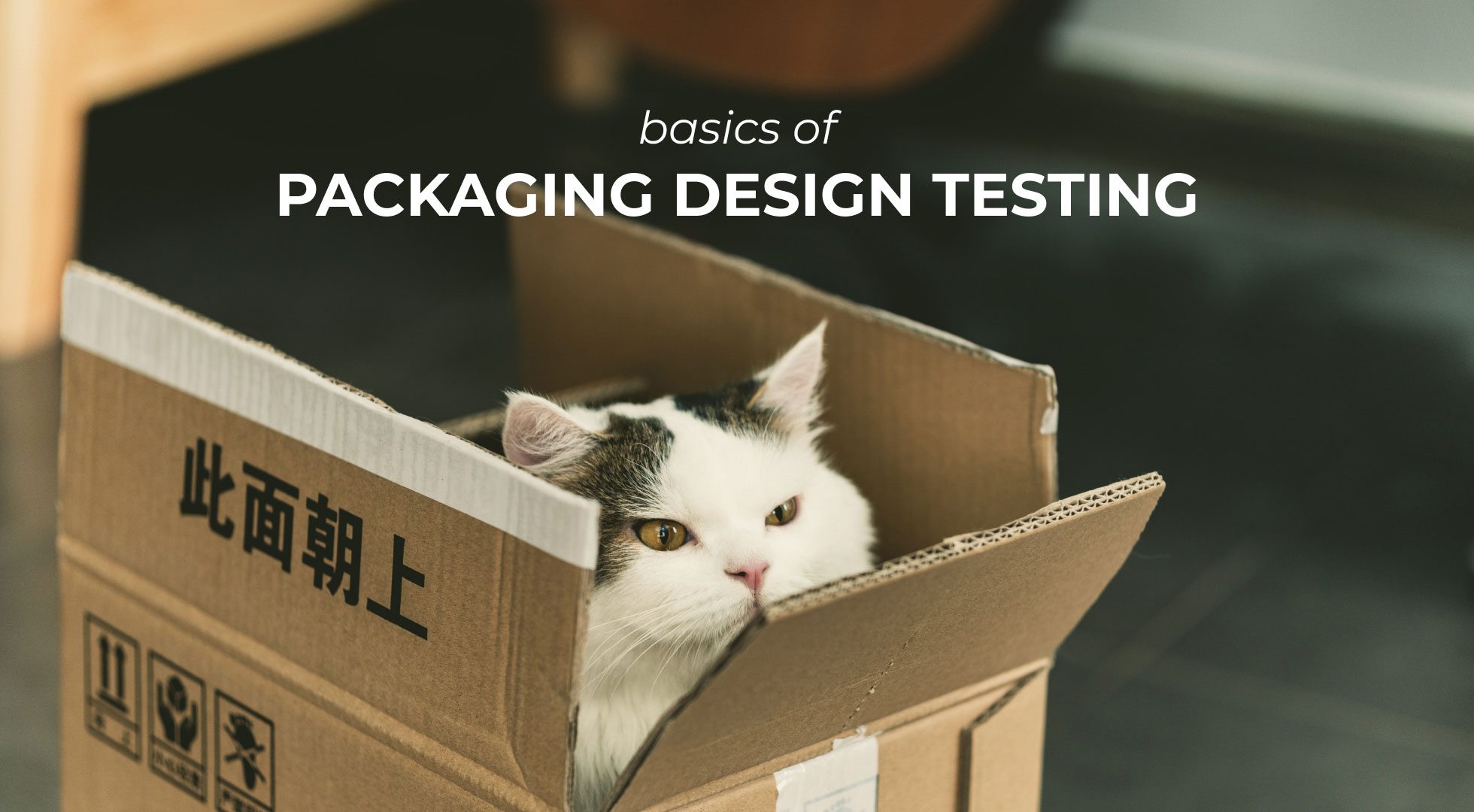Packaging design testing is an essential step in the product development process that helps to ensure that a package design will be practical and appealing to consumers. The process involves evaluating the design’s ability to attract attention, convey information, and influence purchasing decisions. Additionally, it also includes testing the design’s physical characteristics, such as its structural integrity and ease of opening.
The importance of package design testing cannot be overstated. A well-designed package can help a product stand out on store shelves, increase sales, and improve brand recognition. In today’s highly competitive marketplace, companies need to make sure their goods are packaged in a way that will attract the attention of potential customers and leave them satisfied with the product. A package design that is effective and appealing can make a significant difference in the success of a product.
Additionally, packaging design testing can help identify any potential issues with the design, such as poor readability, spelling mistakes, or difficulty opening, which can be addressed before the package goes into production. This can help ensure that the final product is of high quality and meets the consumer’s expectations.
Table of contents:
What are packaging design testing and its methods?

Let’s start from the very beginning, packaging design testing is the process of evaluating packaging’s visual and structural elements as well as its effectiveness and visual appeal. It is a multi-faceted process that includes various types of testing to ensure that the design is appropriate for the product and will be perfect for the marketplace.
I would divide packaging testing into two main types — physical properties testing and visual design testing:
- Physical properties testing means evaluating the packaging’s structural integrity, ease of opening and closing, durability, and overall functionality.
- Visual design testing, on the other hand, involves assessing the design’s ability to attract attention, convey information, and influence purchasing decisions.
Packaging design testing is conducted through various methods depending on which aspect you are trying to evaluate — physical property or visual design.
Physical property testing methods are usually performed by outside evaluation companies that make sure everything is in line with national standards and requirements (some of them are ASTM, ISO, and EU Regulations). The testing might include such aspects:
- Vibration and Shock testing
- Drop testing
- Impact testing
- Climate Hazards testing
- Distribution testing
- Mechanical Handling testing
- Compression testing
- Leakage and Pressure testing
Here are some methods that are most commonly used when testing the visual design appeal of the packaging. These methods allow for the collection of feedback and data from consumers, which is then used to make adjustments to the design assets (Source: SmashBrand on Design Testing):
- Online surveys
- One-on-one interviews
- In-Person displays
- Virtual Storefront displays
- Guided assessments
- Observational research
- Behavior Data research (heatmaps)
It’s important to note that package design testing is not a one-time event; it’s an ongoing process that should be done constantly throughout product development. It’s essential to continuously evaluate the design and make changes as needed to ensure that it’s effective and pleasant for consumers.
Why is packaging design testing important?

Package testing is essential for several reasons. First and foremost, it ensures that packaging is safe for use and transportation, fulfilling its primary purpose of delivering goods. Additionally, a well-designed package can help a product stand out on store shelves, increase sales, and improve brand recognition. Finally, a package design that is effective and appealing can make a significant difference in the success of a product.
Not to mention packaging design testing can help to identify and address potential issues with the design before it goes into production. This can include issues such as weak readability or difficulty opening. By identifying and addressing these issues early on, companies can ensure that the final product is of high quality and meets the expectations of the consumer.
In today’s highly competitive marketplace, companies need to be sure that their products are packaged in a way that will attract the attention of potential customers, which can lead to long-term success for a product and a company. In other words, a poorly designed package can negatively impact sales and harm a company’s reputation.
Packaging design self-assessment questions

Even though this is not an exhaustive list of things to consider, these questions can help you with basic packaging design evaluation even before sending artwork for approval inside the team:
- Does this packaging look in line with the brand book and brand voice? (Colors, Fonts, Imagery, Logo, etc.)
- Does this design clearly show what the product is and its specifications? (Naming, Product Description, Nutritional value, etc.)
- Have I achieved the goal set in the design brief? How?
- Have I prepared the packaging properly for print? (Image embeds, Color modes, Outlined text, Orientation, etc.)
- How will this packaging design look on the shelf next to the competitors? Does it stand out from other products?
- How will customers perceive the product on different levels and distances? (10ft vs.1ft; top-shelf vs. bottom shelf)
- Does this packaging follow the packaging design requirements? (clear and scannable barcode, ingredients list, shelf life, special marking like “vegan” or “includes allergens,” etc.)
- What would this package look like in 3D? Would it hold the product accordingly?
- Can this type of product be stored in this packaging? (Materials used, open to sunlight, etc.)
- Is this packaging sustainable, reusable, or/and recyclable? Have I included this info on the packaging?
- Can people easily access the goods? Is it clear how to open that packaging?
- Does the design consider the needs of a diverse group of people (young, elderly, people from various backgrounds)? Is this packaging accessible to people with disabilities?
- Is it fun, attractive, and pleasant to use? Does the design keep the person engaged throughout their experience?
- Would I buy this product based on the packaging only? Why or why not?
I found these questions particularly helpful when designing packaging and wanted it to be as perfect as possible before sending it to the client (spoiler, it still had some mistakes, but they were significantly reduced after this self-assessment process).
Note: Some questions might be unnecessary if you are evaluating, let’s say, the tertiary packaging type, which is only used for transportation needs and rarely “meets” the customer. You can find a short explanation of packaging types in this article.
How to streamline package testing and design review process?

It wouldn’t be fair if I didn’t refer to ways that reduce your time on package testing and design approval. There are two main ways that you can do this: delegating packaging testing to other companies or incorporating design approval software into your product development workflow. Of course, you can come up with different ways that would work perfectly for your team, but these are the ones that I have experience with and can share my insights.
Contact external companies to cover physical property testing
This option means you commission a company of your choice that would do the physical property testing for you. Not only do they have all the necessary equipment and materials, but they also can give you actionable data-driven insights on improving your packaging and minimizing waste. This is certainly a pricy option, but, at the same time, one of the most efficient ones, as “at home” physical property testing isn’t the most reliable way.
If you are an enterprise-level company, this is even a necessity (if you don’t have a dedicated team of your own yet), as your packaging should be used according to international standards and certifications. For the smaller business, you can order a one-time evaluation and use the approved packaging options throughout your many projects. By doing this, you will be confident that your goods can be properly transported and stored without paying extra for unnecessary materials or returned/damaged goods.
Utilize packaging review software for design approval
This recommendation refers to another aspect of packaging testing, namely visual design testing. Let’s say your team has designed packaging for your product, but you are unsure about the spelling or whether the barcode is readable. This is a perfect place for you to incorporate design proofing tools.

What are those? Basically, a software that provides a functional space for your team to manage and review design projects, packaging included. They allow for real-time collaboration and feedback among team members and external clients, keeping everything in the same place. A great example of such software is Approval Studio, as it provides extensive functionality for packaging design review, including a barcode scanner, spellchecker, comparison modes, and many more.
This option ends up being more affordable than having to approve artwork by email and then paying extra to reprint a whole set of packaging because of a missed spelling mistake or forgotten change requests.
Conclusion
In a nutshell, packaging design testing is crucial for ensuring functional and visual integrity. By choosing whatever method works best for your company, you can provide a better user experience for your target audience, attract new customers and stand out from your competitors. Not to mention that it helps cut the costs of annoying reprints, unnecessary materials, or even damaged goods.

 TEAM SOLUTIONS
TEAM SOLUTIONS WORKFLOW SOLUTIONS
WORKFLOW SOLUTIONS



 REVIEW TOOL
REVIEW TOOL PROJECT MANAGEMENT
PROJECT MANAGEMENT TOOLS & INTEGRATIONS
TOOLS & INTEGRATIONS
 CLIENT INTERVIEWS
CLIENT INTERVIEWS









